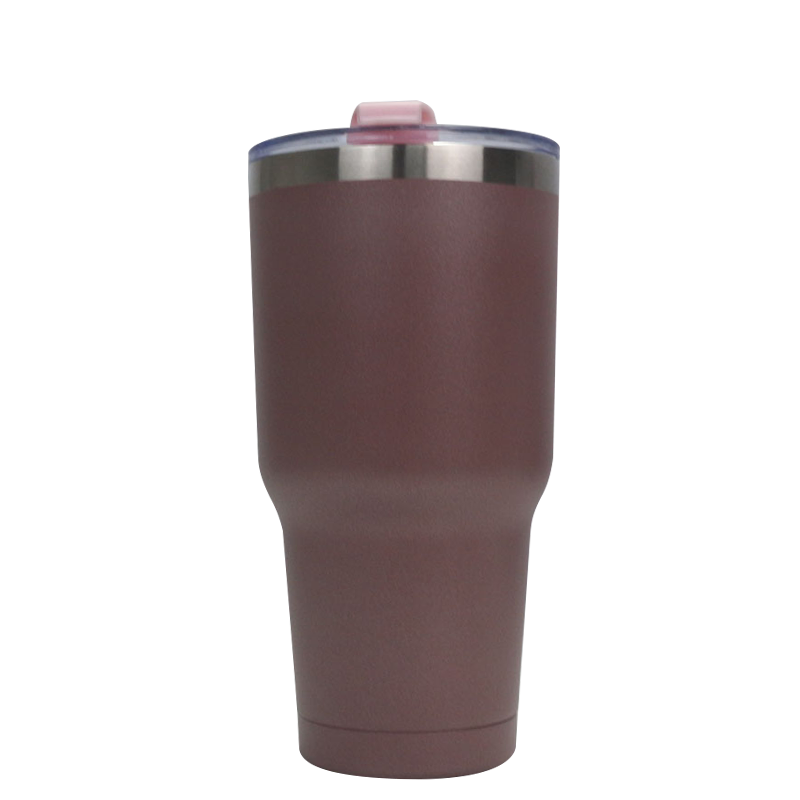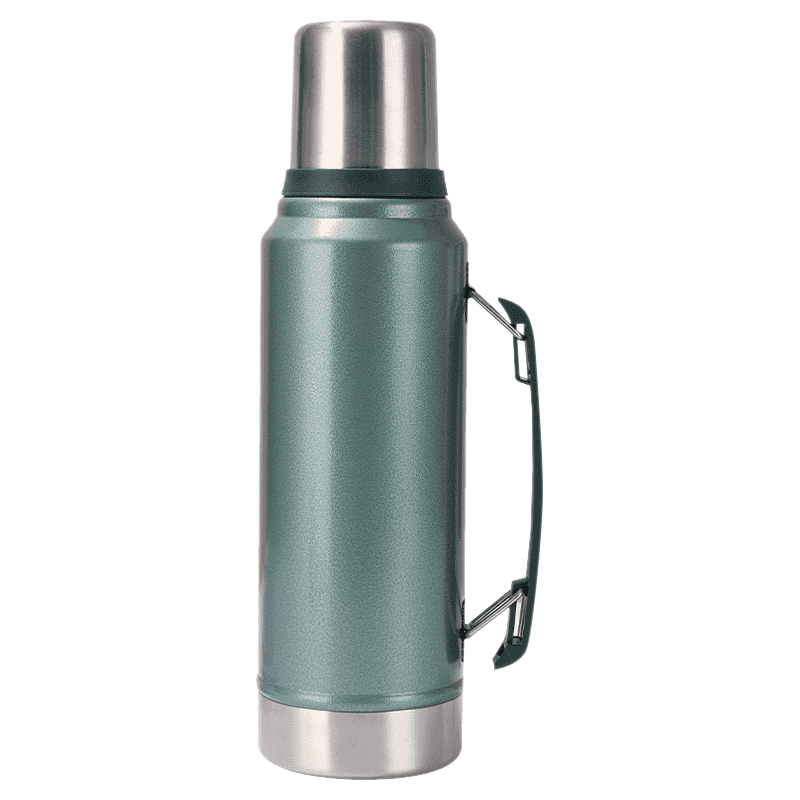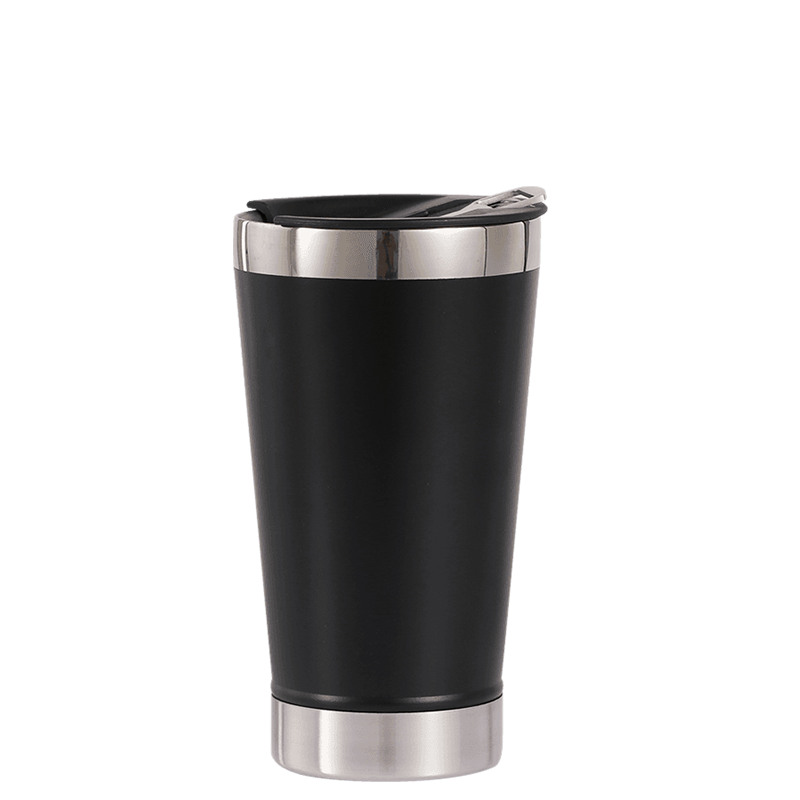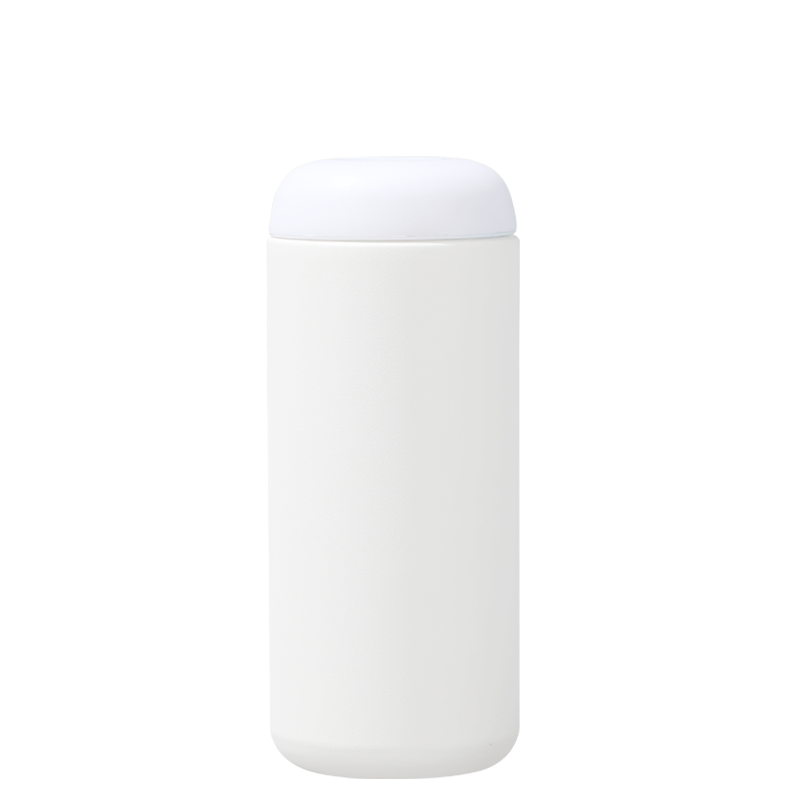
+86-13566758039

Industry News
Ever wondered why some mugs keep your coffee piping hot all morning, while others go lukewarm before you hit the office parking lot? For drivers seeking reliable temperature control, understanding the gap between a genuine Thermos Car Mug and a standard travel mug matters.
What makes a thermos car mug different from a regular travel mug?
The difference isn't just about names; it's about core design philosophy translating directly to your experience. While both aim to keep drinks hot or cold, their approaches diverge significantly, impacting insulation power, usability in motion, and overall convenience during your drive or daily transit.In plain terms: one category is built around prolonged temperature control using a vacuum barrier, while the other centers on on-the-move ergonomics and quick access.
What Defines the Core Insulation Technology?
This is where the fundamental divergence lies:
Thermos Car Mug (Vacuum Insulation): This is the high-performance champion. True to its name, a genuine Thermos Car Mug employs vacuum insulation technology. Imagine two walls (usually stainless steel) with the air pumped out between them, creating a vacuum. Why is this so powerful? Heat transfers through three methods: conduction (direct contact), convection (air currents), and radiation. The vacuum layer effectively eliminates convection and significantly reduces conduction. This creates a powerful barrier, dramatically slowing down the escape of heat from hot liquids or the ingress of heat into cold ones. The result? Exceptional temperature retention measured not just in hours, but often stretching towards a full day or more for hot beverages.
Regular Travel Mug (Non-Vacuum Insulation): Standard travel mugs typically employ double-wall construction without vacuum insulation. The air layer between walls delivers basic thermal retention – outperforming single-wall alternatives – due to air’s low conductivity. However, convective heat transfer within this air gap accelerates temperature change. This design provides practical insulation for shorter durations where beverages are consumed promptly, but demonstrates reduced thermal endurance compared to vacuum-sealed methods. Some designs supplement air gaps with insulating foams, though these still exhibit lower efficiency than vacuum technology.
Feature Comparison: Insulation Technology
| Feature | Thermos Car Mug | Regular Travel Mug |
| Core Technology | Vacuum Sealed Between Double Walls | Double Walls with Air Gap / Insulating Foam |
| Heat Transfer Blocked | Conduction & Convection Significantly Reduced | Conduction Partially Reduced |
| Temperature Retention | Long Duration (Often 10-24+ hours Hot) | Shorter Duration (Typically 2-6 hours Hot) |
| Ideal For | Long Commutes, All-Day Events, Minimal Refill Access | Short Trips, Quick Errands, Frequent Refills |
How Does Design Prioritize On-the-Go Use, Especially While Driving?
Design philosophy directly stems from the primary use case:
Thermos Car Mug (Designed for the Car Environment):
Cup Holder Compatibility: This is non-negotiable. Thermos Car Mugs are meticulously shaped and sized to fit securely in standard vehicle cup holders. Aijunware designs its models with precise dimensions and often tapered bases to ensure a snug, rattle-free fit, preventing dangerous spills while driving.
One-Handed Operation: Maneuvering a vehicle demands simplicity. Look for lids featuring easy-to-use slide mechanisms, simple push-buttons, or flip-tops that can be effortlessly operated with a thumb or finger without taking your eyes off the road or needing complex maneuvers. Aijunware integrates intuitive, robust mechanisms designed for gloved hands or limited dexterity.
Leak-Proof Guarantee: A non-negotiable feature. Seals are engineered to withstand the jolts, bumps, and angles encountered during driving. This involves high-quality silicone gaskets and precision-engineered lid closures that create a failsafe barrier against liquid escape, protecting your upholstery and electronics. Aijunware subjects its car mugs to rigorous leak testing simulating real-world driving conditions.
Ergonomic Grip: Shapes often incorporate contours or non-slip textures (like silicone bands or grippy powder coatings) to provide a secure hold, even with condensation or wet hands, minimizing the risk of drops when retrieving the mug from the holder.
Regular Travel Mug (Broader Mobility Focus):
General Portability: While many fit cup holders, it's not always the primary design driver. Focus might be more on being lightweight and easy to carry in a bag or hand.
Drinking Convenience: Lids prioritize easy sipping – large openings, comfortable spouts, perhaps straw-friendly designs – but the leak-proof integrity under motion stress might not be as rigorously engineered as in a dedicated car mug. Flip lids or screw-top designs common on many travel mugs can be less secure when jostled.
Versatility: May include features like handles (less car-friendly) or be designed more like a traditional cup, potentially compromising the secure fit needed in a vehicle holder.
How Long Can I Truly Expect My Coffee or Iced Tea to Stay Hot or Cold?
This observable contrast in thermal performance originates from insulation design differences, though actual duration varies with ambient conditions and initial beverage temperature:
Thermos Car Mug (The Endurance Performer): Thanks to the vacuum barrier, expect significantly longer temperature retention. A Thermos Car Mug can keep coffee piping hot for 10 hours or more, and iced drinks refreshingly cold for 16 hours or longer. (the specific time limit is affected by the ambient temperature as well as the temperature of the drink)This is transformative for long commutes, road trips, or days when access to a microwave or refrigerator is limited. Imagine coffee still satisfyingly hot after a cross-country flight or a morning meeting that runs long. Aijunware models consistently deliver performance within this extended timeframe.
Regular Travel Mug (The Shorter-Term Solution): Relying on air or foam insulation, performance is more limited. Typically, expect hot drinks to stay warm for 2 to 6 hours, and cold drinks to remain chilled for 6 to 12 hours. This is perfectly adequate for a short drive to the office, running errands around town, or a morning walk where you'll consume the beverage relatively quickly. Beyond that timeframe, disappointment often sets in.
Why does lid design matter so much for commuters?
A lid is part of the insulation strategy and the user experience. A well-designed lid reduces heat escape at the top, controls flow so you can drink while moving, and prevents leaks during sudden stops. Poor seals or complex mechanisms can trap residue, degrade over time, or fail when tossed into a bag—problems that turn a simple commute into a cleanup task. Consumer testing and reviews repeatedly point to lid quality as the key reliability factor people notice first.

What Capacity is Truly Practical for My Daily Routine?
Capacity needs tie directly into how you use your mug:
Thermos Car Mug (Focused Efficiency): Capacities often align well with typical personal consumption needs for a commute or extended outing, frequently ranging from 12 to 30 ounces. This size balances sufficient volume with the physical constraints of car cup holders and the mug's often more robust vacuum-insulated construction. Larger sizes exist but become less practical for standard vehicle holders. Aijunware offers sizes calibrated for the driver's typical needs without sacrificing cup holder compatibility.
Regular Travel Mug (Broader Range): Capacities vary widely, from small 8-ounce sizes to large 20+ ounce options. While many fit cup holders, very large sizes might not. Choice depends heavily on individual thirst levels and whether frequent refills are anticipated. They offer more flexibility for non-driving scenarios where size isn't constrained by a holder.
Can these containers be cleaned in the dishwasher?
Care instructions vary. Many travel mug components are dishwasher-tolerant, especially removable lids, but vacuum-insulated vessels often come with manufacturer cautions to hand wash to protect seals and finishes. Treat dishwasher use as a convenience option, not a guarantee—routine hand care extends service life and maintains thermal behavior.
What are the practical hazards of a leaky mug on the move?
Leaks cause spills that stain clothing and belongings, create distraction while driving, and can force an unexpected stop to clean electronics or documents. Beyond annoyance, repeated leaks erode trust in the container; people end up replacing mugs more often than they need to simply because the lid failed them once. That's why some commuters favor simple screw caps or lids with visible open/closed cues.
Which product should a buyer pick for hybrid routines and shared use?
If your day combines short coffee runs with long desk sessions, consider keeping two companions: a slim travel mug for on-the-move sips and a vacuum insulated flask for long stretches away from refills or for sharing at a meeting. Brands that provide clear care guidance, replaceable lids, and visible sealing cues reduce lifetime cost and user frustration. Aijunware positions certain models to serve each role with interchangeable lid options and a simple parts policy to make long-term ownership smoother.
How should you decide based on daily patterns and use cases?
Ask simple workflow questions: do you need a container to hold beverage temperature across an entire day away from refills, or do you need something light, quick to sip from, and easy to store in a cup holder? Thermos-style mugs favor long sit-times and shared use; travel mugs favor short-cycle, high-mobility use. Aijunware's product lines reflect this split: some models focus on vacuum retention with robust screw tops; others trade some retention for lower weight and faster access.
How do material and shape influence real-world value?
Materials determine durability, taste neutrality, and weight. Stainless inner walls paired with robust outer shells resist denting and retain temperature when vacuum sealed. Lighter molded construction with insulating foam is cheaper and lighter but gives shorter temperature retention. Shape affects slip grip and cup holder compatibility—thin, tapered profiles survive daily pocketing and car use better than bulky bottles meant for long outdoor stays.
Experience the Aijunware Difference in Your Daily Drive
Discover how Aijunware integrates advanced vacuum technology, driver-focused engineering, and uncompromising leak-proof design to create Thermos Car Mugs that redefine your expectations for on-the-go hydration. Explore the range designed to fit seamlessly into your vehicle and your life.
Your email address will not be published. Required fields are marked *








* Your email is safe with us, we don't spam.


Our company's products include vacuum flasks, beer mugs, coffee mugs, car tumbler, fire stove and tensile parts, etc.
Phone: +86-13566758039
Tel: +86-0579-87171178
Fax: +86-0579-87171178
E-mail: [email protected]
Add: No.29, Qiaodong Road, Qiaotouzhou Village, Longshan Town, Yongkang, Jinhua, Zhejiang, China.

 English
English 中文简体
中文简体 日本語
日本語 Français
Français Español
Español